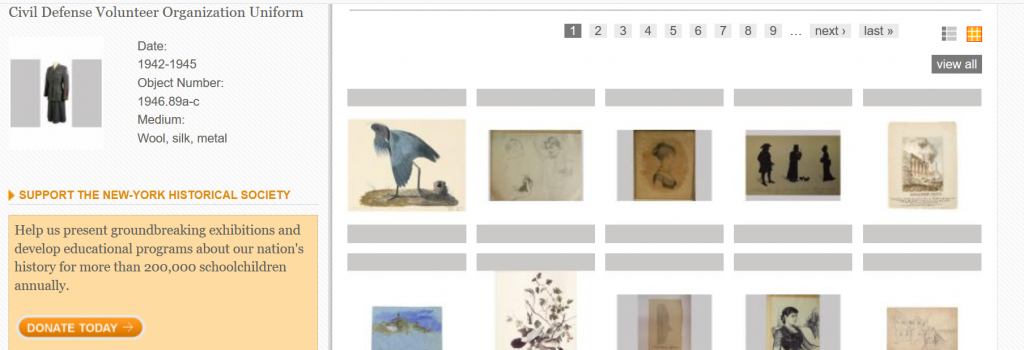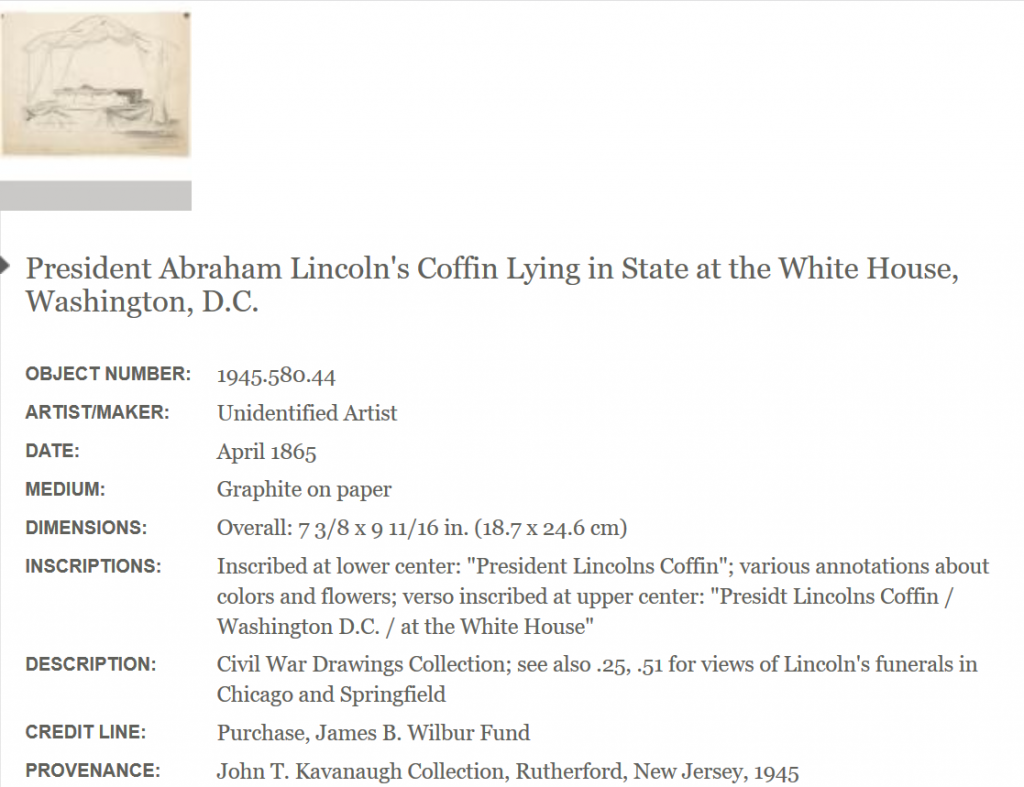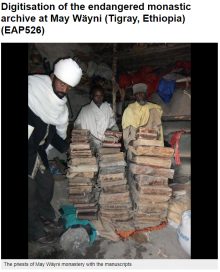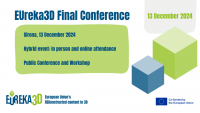by Caterina Sbrana.
In my latest article I have been talking about the digital collection of the New-York Historical Society. During my research I was really captivated by a collection containing over 8,000 sheets, collected since 1816, that you can consult in the website freely.
This collection includes several categories: colonial objects, events in the history of the nation, European and American birds, landscapes, cityscapes, portraits, some portraying historical figures and many self-portraits of artists, illustrations of literary or journalistic works, graffiti and documentary Civil War sketches.
Among the highlights we can find 500 watercolours by John James Audubon, his largest repository in the world; 221 drawings of George Catlin about Native American culture; 350 drawings and sketchbooks of Asher B. Durand; including important drawings by Hudson River School artists such as Thomas Cole, Jasper Cropsey, and John Frederick Kensett.

Audubon was an extraordinary lover and observer of birds and nature.
The drawing section is divided into: About, Hightlights, Has image and Full collection. With its 243 pages the full collection allows you to view drawings in different ways. We can view the drawings by filtering the search by title, date, object name. In this way the drawing appears on the left, then the title, the date and object number on the right.

https://www.nyhistory.org/exhibits/category/all/55/grid/paged/title
In the other way you can see only the images of the drawings; passing over them with the mouse, without clicking, we acquire some information about the work such as the title, the date, the author. In both modes you can acquire more information by clicking on the image. It is also possible to either send the image to a friend or order it in a digital version.

https://www.nyhistory.org/exhibit/president-abraham-lincolns-coffin-lying-state-white-house-washington-dc
To conclude, the collection furnishes a comprehensive survey of American art from its Inception, dominated by European artists, up through the 1860s, by which time native-born artists had asserted an American identity.
Louise Mirrer, President and CEO of the New-York Historical Society, presenting the exhibition titled Silicon City wrote that “the future” very quickly becomes history, and that history is all too easily lost.
I agree with this thought, and I would add that history can continue to live in the second reality that humanity has created: virtual reality.
Visit the website: https://www.nyhistory.org






 If you have interesting news and events to point out in the field of digital cultural heritage, we are waiting for your contribution.
If you have interesting news and events to point out in the field of digital cultural heritage, we are waiting for your contribution.
























